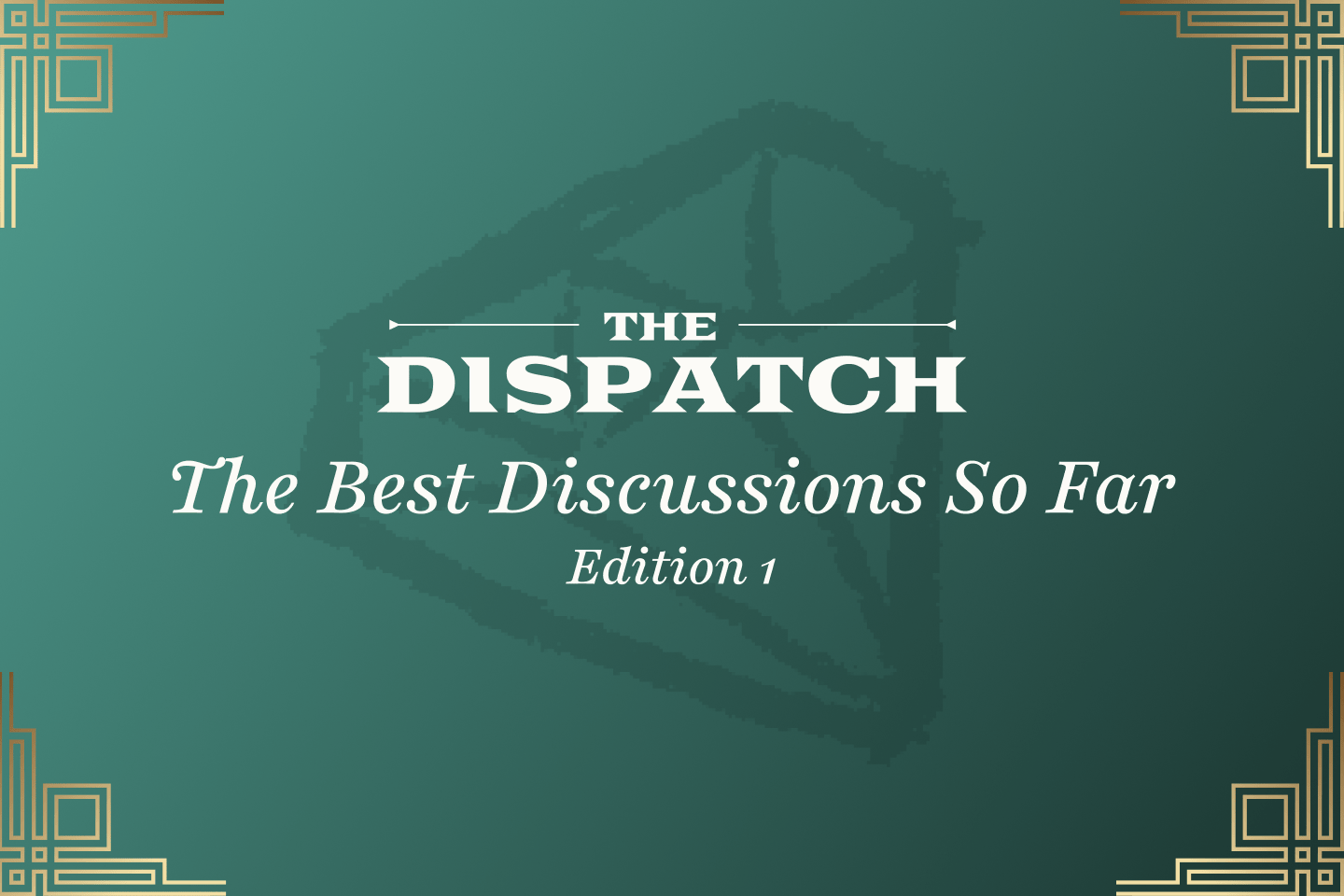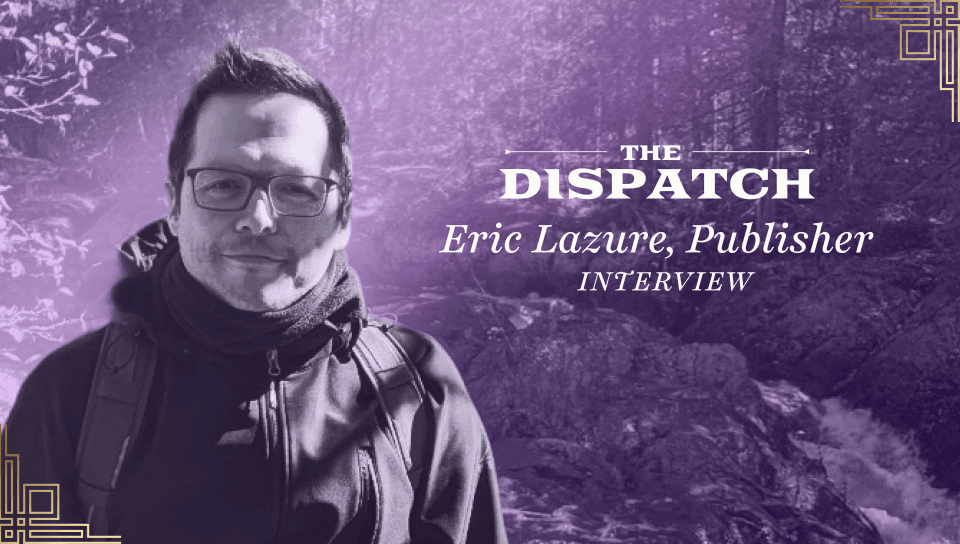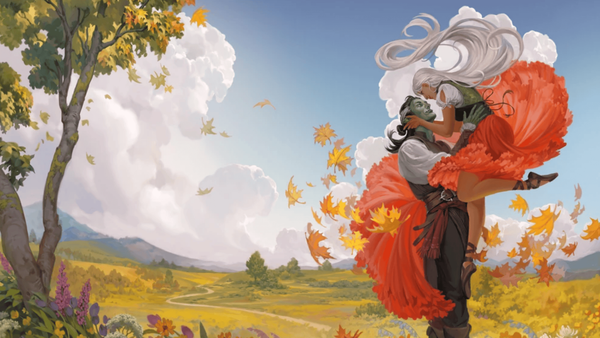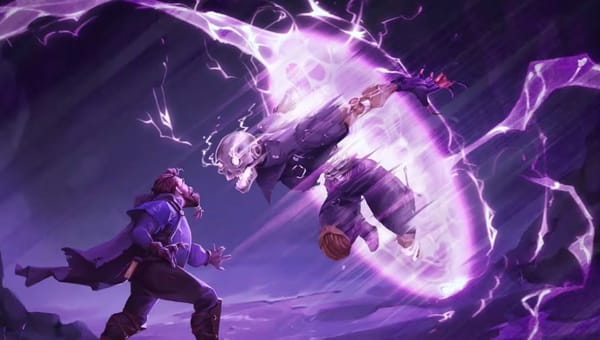The Best Daggerheart Discussions So Far: Edition 1
We looked at the data. We re-read all the entries. Here are the Discussions that mattered most to you, so far.

ONE OF THE BEST parts of editing a newsletter-magazine like The Dispatch is getting to dig through the back issues and see what actually clicked—literally and figuratively—with readers. The Discussions have always been the heartbeat of that, where GMs hash things out, swap lessons, and make sense of the game together.
Going back through them, certain threads stood out not just for their popularity but for how they trace the arc of discovery every GM goes through.
A lot of that journey starts with coming over from D&D—unlearning old instincts, confirming new approaches, sorting out edge cases—before grasping the design philosophy behind Daggerheart itself. From there, scaling up and running the table: managing adversaries, tiers, and NPCs. Closely related is the question of money—two of the most popular conversations touched on it. And, just like in any campaign, one oddball thread managed to capture everyone’s attention.
So here they are—the Best Daggerheart Discussions So Far, Edition 1:
😈 BREAKING FREE OF D&D
Lost in Translation
On the sub, GMs reflected on the habits they’ve carried over from 5e and PF2e that don’t fit Daggerheart’s narrative-first play. Some key takeaways:
- Roll with stakes. Only call for a roll when the outcome will shape the story, when success or failure matter and create drama.
- Spend what you earn. Prompt players to spend their Hope and use their Experiences to drive the fiction. If players hoard them, the game stagnates.
- Narrating everything yourself. GMs should invite players to describe scenes, consequences, and details.
- Keeping DCs secret. Players need to know the target to make informed, strategic choices.
- Designing rigid encounters. DH thrives on improvisation and leveraging Fear and GM moves.
Overall? Don’t stress perfection. Just aim to shed a few habits each session.
Bonus: Have you been visiting Tadpole Thursdays? Newbies ask, experienced GMs answer.
Drama, not Dice
A D&D GM new to Daggerheart noticed they kept prompting instinct or knowledge rolls because they worried players would miss things. They asked “am I prompting the players too much?” to which u/WoDStoryteller replied:
"I don’t think you’re doing anything “wrong” here. You’re just still shifting gears out of the D&D mindset. Daggerheart wants the GM to act less like a referee checking if something happens, and more like a storyteller deciding when the dice make the moment more dramatic."
The rest of his comment is worth reading.
Insight Wreck
If you DO need someone to roll and you can no longer rely on D&D’s Insight check—what do you use as an equivalent? Instinct, often. Presence or Knowledge, if the fiction justifies it. But broadly—don’t use a roll as a 5e lie-detector test. Use it to juice the story and heighten the tension. Less like a judge, more like a film director. Bonus: A new DH GM asks the crowd: what are your “I wish I knew sooner” moments?
Straddling Strahd
RightToKnight did some coaching on the sub, this time helping an aspirant tackle, of all things, a Strahd conversion. (Note to Chris Perkins and Jeremy Crawford: hurry up). If you’re eyeing one of your D&D or Pathfinder modules for Daggerheart, worth scanning over their back and forth for tips.




